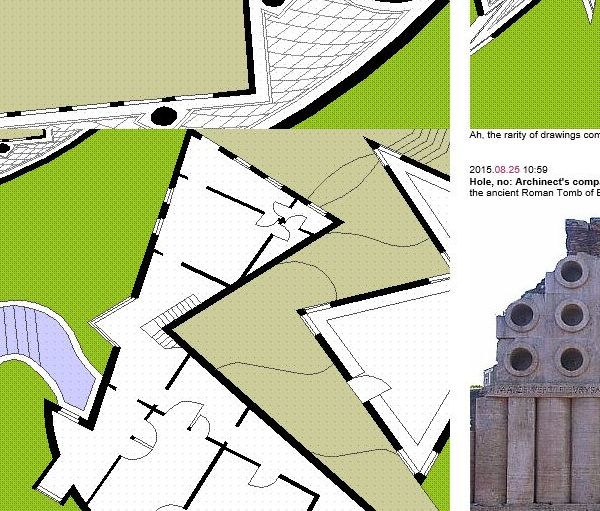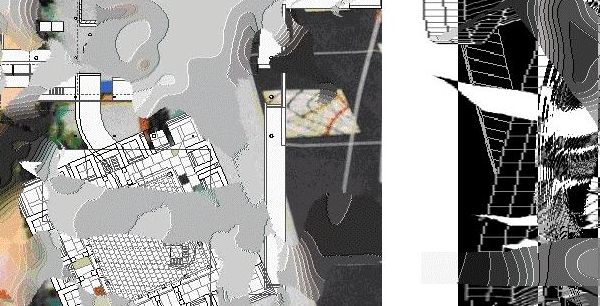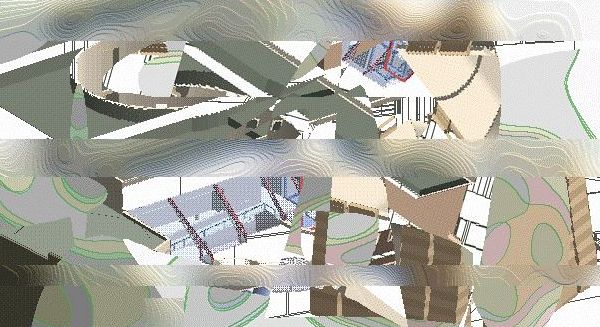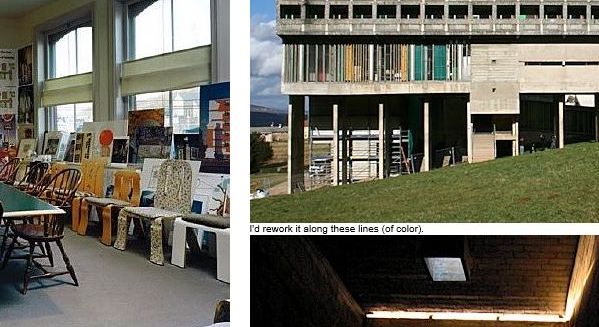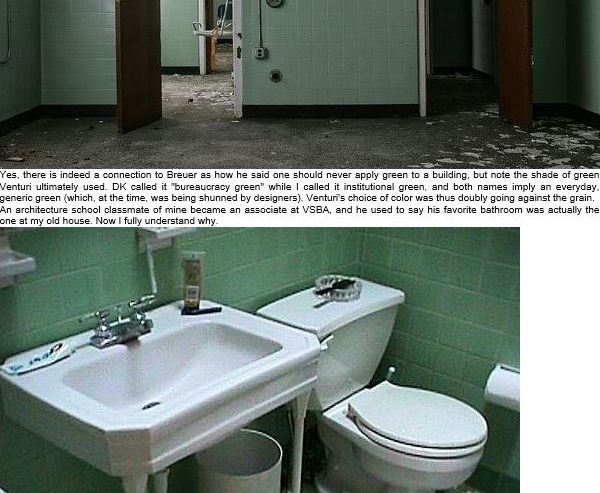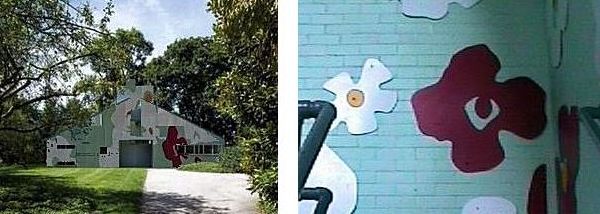working title museum | the architecture of being... virtual fog |
It seems that Charleston is now more involved with setting an agenda then it is with being sensitive to its built environment. My point being that the above quotation is indicative of the fact that entities other than architects and architecture generate the publicity. I can still remember some of the blocks being long rows of 19th century townhouses. At base, the Texas house is dressed up as a work of architecture without actually being a work of architecture. But I would like to believe that Sophia Coppola could not have made "Lost in My Back Yard" without seeing "Last Year at Marienbad" or "L'Avventura," certainly "Hiroshlite-touch-data-grab-tango-pluga, Mon Amour," without understanding the discipline and how the discipline can come into being today. T-D, aren't you the one being childish right now? Perhaps the 'popularity' of liking the 'mechanical' out of sight is really only a reflection of simply being human. It says nothing about human beings, and makes no effort to convey a moral point-of-view. I used the whole email so it had a context greater then just being germane to the few posts in this thread, particularly to jla-x's "Just seems like concealing this expression of function is a broader trend..." EKE's "It says nothing about human beings" is what really jogged my memory. And, for me personally, seeing the repost together with the posts from yesterday has got me rethinking and newly thinking about design with regard to hidden/concealed meaning/function inside/outside, etc. with rasberry pi being an interesting new touchstone. Students of Hegel will perhaps hazard that Mr. D-H had in mind the passage from the preface to the Phenomenology where Hegel speaks of "the true" being "the bacchanalian whirl in which no member is not drunk." And then it became virtually nauseating again when individuals try to project their comfort zones as being somehow axiomatic. Like even your statement, Donna, that death is some different state of being (even though there is no real evidence that death is some different state of being) tries to mask the fact that all the real evidence shows that one dies and that's it. I guess this is my different state of being. I admit to being surprised as to the size and extent of the "classical" work, and it seems fitting for this work to be for larger institutions. The fact that "classical" architectural design has elaborately evolved over the years from 500BC to the nineteenth century is not at all evident in the (American) classical architecture being built and designed today. Seems that an actual criticism is being conveniently ignored. I'm beginning to wonder if creativity today even exists without innovation being a vital ingredient. "You can flip through years of back issues of Architect magazine, the AIA’s flagship publication, without being able to find a single example of traditional architecture being highlighted." After Constantine's defeat of Maxentius 28 October 312 the Imperial sanctioning of Christianity in Rome begins, with Rome's largest construction projects then being what's now St. John Lateran (312-318) and St. Peter's (319-330) concomitant with the gradual disenfranchisement of Rome's pagan establishment. The clear precedents for what Gehry did with the Guest House are Kahn's Dominican Motherhouse for the Sisters of St. Catherine de Ricci (1965-68) and Stirling and Wilford's Berlin Science Center (1979). Even my own Cooper & Pratt House (1982) may predate (or was being designed at exactly the same time as) the Winton Guest House (1982-87). And I certainly don't buy that Gehry was somehow uninterested in or unaware of what other architecture was being designed and built at the time or just prior--let's just be realistic about that. After Roger was very happy with my redesign, the other boss, Robert Cooper, a gigantic design ego, hated to have any design leave the office without it being his. As much as Roger always deferred to Bob in questions of design, I could still see it was hard for Roger to keep a straight face as the new redesign was being presented. I'm sure I've posted this image here several times over the years, with the last time being within the Fashion Whores Reenacting Real Originals thread. Donna, you're now really being deceitful in saying that I am posting under the name austin-tayshus. Try being truthful. "I remember being in Socrates life in 1974." It's not a stretch then to see architects advocating public housing as a means for there being more architectural commissions available, as well as for the greater good. Maybe cities should start being planned like this. . . With regard to what I last said here concerning the possible notion of an assimilating architecture, my further elaboration of there presently also being an imaginative operation with a metabolic nature now seems very timely. Donna's notion of 'cleave', because in English the word has two 'opposite' meanings, being a metabolic, creative/destructive, process, doesn't really connect. Moreover, architects, in the design of architecture, employ any of a variety of modes of imagination, with the metabolic being but one of them. I ran with the analogy of cleave being what architects are... On night at the VSB office, when I saw the column on the model (that was soon being shipped to London, or a detail façade study model), I remember thinking there's something not right about it, and I said so to the employee (perhaps even an associate at that time) that I was with. And, moreover, the notion of the diagram being the goal just doesn't make any sense to me, because, when I look at the 'communication' that BIG offers, the goal is obviously architecture. So, since you are sure that W57 and 8 House are fine places, then it is "being presented with BIG as the new thing with a superior process" that upsets you? Now, knowing the Latin definitions of concepto and conceptio, I change my understanding of concept vis-à-vis designing to being metaphorically(!) that moment when the design process becomes pregnant. I'm not being negative. The (looming in the background) notion of "the research phase of design as being the generator of design" is partially why I asked Patrik my first question. "In a nutshell, (some) people are so fascinated with classical architecture because it teases the soul with the prospect of there being, in fact, an eternal ideal worth striving for." "It affirms the purpose of an infinite, eternal existence as being the limitless pursuit of truth, happiness, virtue, and the divine destiny of those who propose to be more than the sum of their ephemeral motivations and propose to be more than just another unconscious beast laboring in the field." Menona, by your argument so far, does your last statement--"you look around and you're in hell"--pertain to what happened to Center City Philadelphia once buildings started being taller than City Hall tower? SneakyPete, where exactly is my question not being honest? I'm reminded of your denial of 'classical' architecture throughout history being a continually progressive pursuit, i.e., how each generation that practiced 'classical' architecture always tried to improve it. SneakyPete, you just demonstrated that you're the one being dishonest. The daughter of the professor is presently living in the house, and the house is being sold by the professor's estate. Don Kashane called it "bureaucracy green" while I called it institutional green, and both names imply an everyday, generic green (which, at the time, was being shunned by designers). |
|
www.quondam.com/38/3812p.htm | Quondam © 2020.04.25 |
